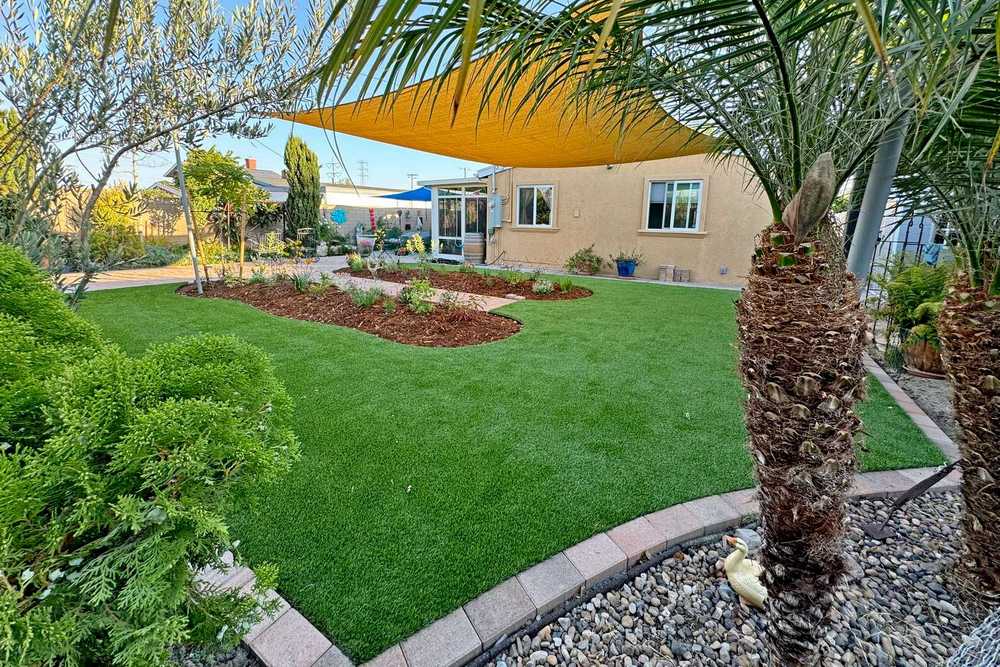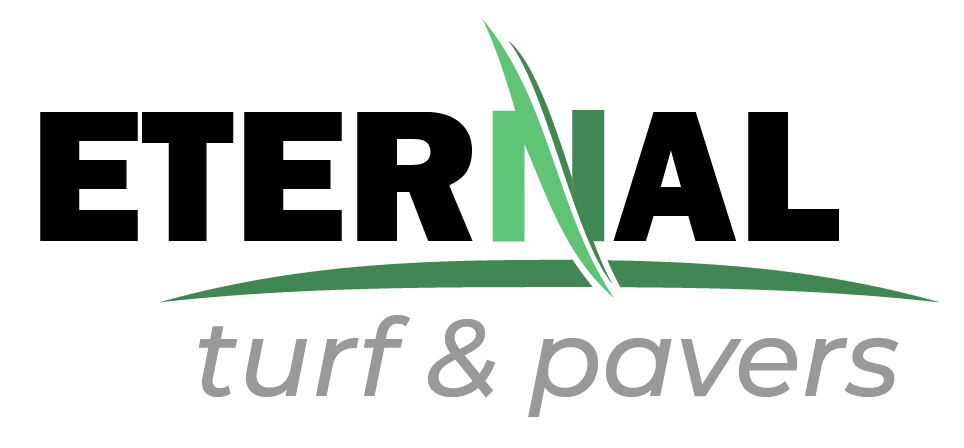
Choosing between artificial turf and natural grass is a significant decision when landscaping. Both options offer distinct advantages and challenges, particularly regarding maintenance. Understanding these differences is crucial for homeowners and property managers looking to make informed choices that suit their needs and lifestyles. This blog post will explore the maintenance aspects of artificial turf compared to natural grass, highlighting the benefits and challenges of each option.
Minimal Maintenance with Artificial Turf
Artificial turf boasts one of the most significant advantages: minimal maintenance requirements. Once installed, it does not require mowing, watering, or fertilizing. This can lead to substantial savings in time and resources, particularly in regions where water conservation is a concern. Furthermore, artificial turf remains green and lush throughout the year, eliminating the need for seasonal re-seeding or overseeding. Artificial turf presents an appealing solution for busy homeowners or those looking to reduce their carbon footprint.
The Demands of Natural Grass Care
In contrast, natural grass demands regular upkeep to thrive. Routine tasks include mowing, watering, fertilizing, and aerating the soil to encourage healthy growth. Natural grass also requires weeding and pest control, which can be time-consuming and may involve the use of chemicals. While many homeowners enjoy tending to their lawns as a hobby, the upkeep can become burdensome, especially during the hot summer months when grass tends to dry out and require more attention.
Durability: A Key Consideration
Another essential factor to consider is durability. Artificial turf is designed to withstand heavy foot traffic, making it an excellent choice for sports fields and playgrounds. Unlike natural grass, which can become muddy and damaged during heavy use, artificial turf maintains its appearance and functionality, reducing the need for repairs. However, synthetic turf can show signs of wear over time, particularly in high-traffic areas, necessitating occasional replacements or repairs to ensure longevity.
Environmental Impact
The environmental impact of both options is also worth mentioning. While artificial turf reduces water usage and the need for chemical treatments, it is made from synthetic materials that may raise concerns regarding sustainability. On the other hand, natural grass contributes to a healthier ecosystem by absorbing carbon dioxide, providing habitats for wildlife, and improving air quality. Homeowners should weigh each option’s environmental pros and cons when deciding.
In conclusion, the choice between artificial turf and natural grass ultimately depends on individual preferences and priorities. Those seeking a low-maintenance, durable solution may find artificial turf the perfect fit. In contrast, individuals who enjoy gardening and maintaining a lush, vibrant lawn might prefer natural grass despite its higher maintenance demands. By weighing the pros and cons of each option, homeowners can select the landscaping solution that best meets their needs and enhances their outdoor spaces.
Elevate Your Landscape with Eternal Turf & Pavers
When considering landscaping options, weighing the maintenance differences between artificial turf and natural grass is essential. Artificial turf requires minimal upkeep, eliminating the need for mowing, watering, and fertilizing, making it a perfect choice for busy homeowners or those focused on water conservation. Conversely, natural grass demands regular maintenance, including mowing, watering, and pest control, which can be time-consuming. At Eternal Turf & Pavers, we can help you navigate these choices and determine the best solution for your outdoor space. Contact us today at (619) 400-7749 for expert advice and assistance with your landscaping needs!

